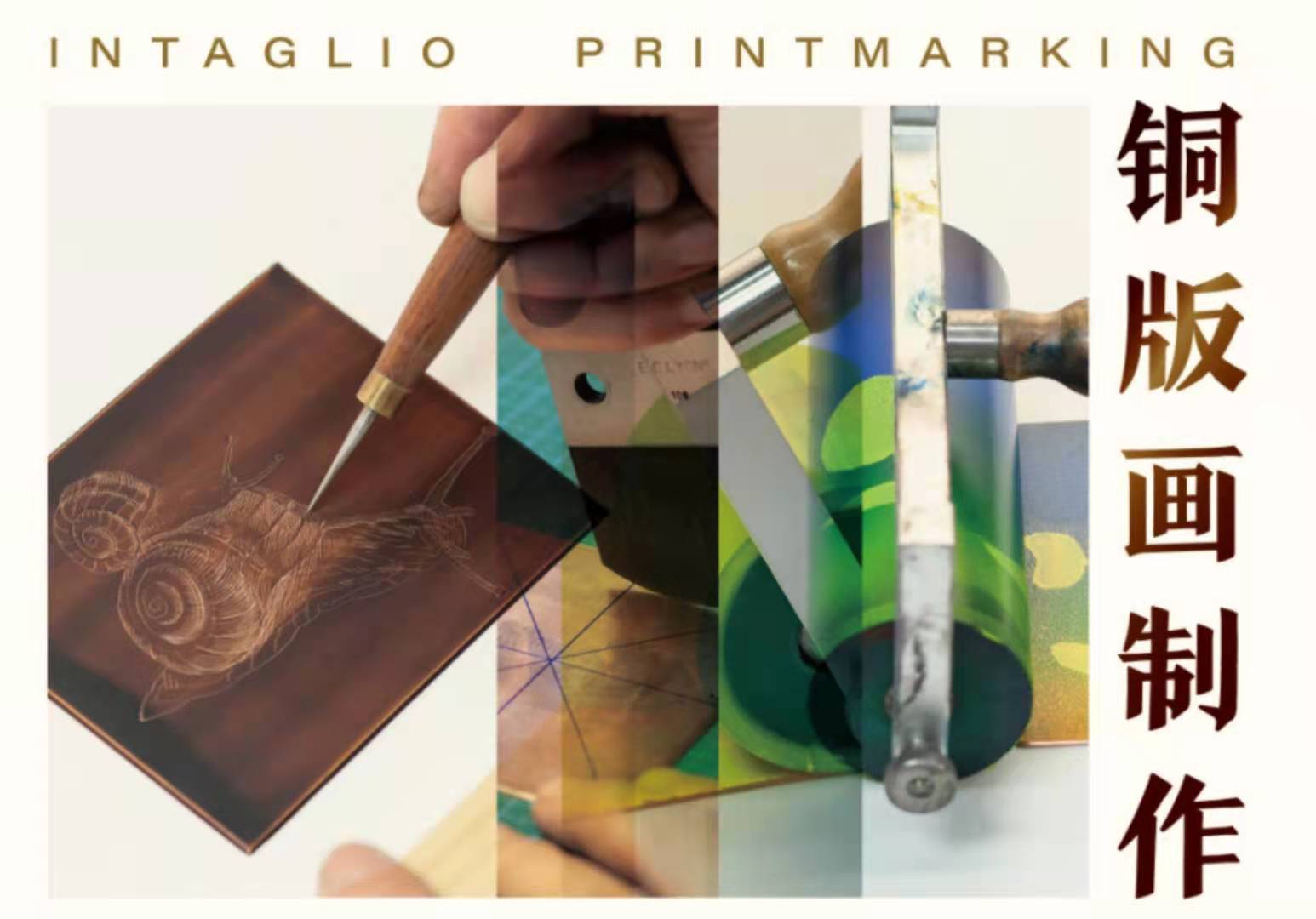
当前课程知识点:心理学之旅 > 第3章 感觉与知觉 > 第11讲 感知三维世界—深度知觉 > 第11讲 感知三维世界—深度知觉
现实世界是一个三维立体的世界
The real world is a three-dimensional world
我们的视觉感受器
Our visual receptors
也就是眼睛的视网膜只是一个平面
that is, the retinas of the eyes are just a plane
为什么还能把这个世界知觉为立体的呢
Why can we perceive the world as three-dimensional?
我们总能轻松辨别远近不同的物体
We can always easily distinguish between different objects in different distances
或者同一物体远近不同的部分
or different parts of the same object
也就是能产生深度知觉和立体视觉
That is to say we can have depth perception and stereoscopic vision
我们是怎么做到的呢
How do we do it?
实际上
In fact
眼睛要通过很多线索才能产生深度知觉
eyes can have deep perception using many clues
这些线索包括双眼线索和单眼线索
including binocular cues and monocular cues
双眼线索有两种
There are two kinds of binocular cues
第一种是视轴辐合
and the first is convergence of the optic axis
远处的物体与我们的双眼形成的夹角较小
The angle formed by the distant object and our two eyes is smaller
近处的物体与我们的双眼形成的夹角较大
and the angle formed by the near object and our two eyes is bigger
为了形成不同的夹角
In order to form different angles
眼睛周围的肌肉需要对眼睛进行不同的调节
the muscles around the eyes need to adjust the eyes differently
大脑利用眼部肌肉运动的信号
The brain uses the signals of eye muscle movement
来判断物体的距离
to judge the distance between the objects and us
这就是视轴辐合
This is the convergence of the optic axis
第二种双眼线索是双眼视差
The second kind of binocular cues is binocular parallax
我们有两只眼睛 中间相隔5到6厘米
We have two eyes, five to six centimeters apart
所以两只眼睛看到的物体并不完全相同
so the objects seen by the two eyes are not exactly the same
尤其是近处的物体
especially those not far from us
比如
For example
我用双眼看我眼前的手掌
I use my eyes to look at the hand in front of me
左眼看到的是手心
What I see in my left eye is the palm of my hand
右眼看到的是手背
and what I see in my right eye is the back of my hand
差别很大
They are quite different
如果一个物体很远
If an object is far away
那么双眼看到的物体就很相似
the objects seen by the two eyes are very similar
双眼看到的物体的图像差异大小
The size of difference between images seen by the two eyes
就提供了物体远近的信息
provides the information of distance
在物体距离较近的时候
When the object is close to us
距离的变化引起视角的变化比较大
the change of distance causes big change of visual angle
引起的双眼视差的变化也比较大
and big change of binocular parallax
所以能提供物体远近的信息
which can provide the information of distance
但物体比较远的时候
But when the object is far away
距离的变化引起
the change of distance causes very little change
视角和双眼视差的变化都很小
of visual angle and of binocular parallax
就无法提供有效的距离线索了
which can not provide effective distance cues
这时我们需要依赖单眼线索
At this point, we need to rely on monocular cues
第一种单眼线索是对象重叠
The first monocular cue is object interposition
在三维视觉世界中
In the three-dimensional visual world
当一个物体与另一个物体互相遮挡时
when one object and another object block each other
总是近的一个遮挡远的一个
the close one always block the further one
因此被遮挡的物体就被知觉为距离观察者更远
so the blocked one is perceived as further away from the observer
这就是对象重叠线索
This is object interposition cue
像这个图里边 我们就认为
In this picture, we think that
狗距离我们比较近
the dog is closer to us
而人距离我们比较远
while the person is far away from us
就是因为人被狗遮挡了
because the person is blocked by the dog
第二种线索是空气透视
The second cue is aerial perspective
在三维视野中
In the three-dimensional field of vision
远处的物体显得模糊
the objects in the distance are blurry
近处的物体显得清晰
and the objects close are clear
当我们看到视野中有的地方模糊
When we see that some objects in our vision are blurry
有的地方清晰
and some are clear
我们就把模糊的地方知觉为距离较远
we perceive the blurry ones as far away
把清晰的地方知觉为距离较近
and the clear ones as closer
第三种线索是相对大小
The third cue is relative size
在三维的视觉世界中
In the three-dimensional visual world
两个大小相等的物体
there are two objects of the same size
更靠近观察者的物体
and the objects closer to the observer
在我们视网膜上的成像更大
have larger image on our retina
所以如果我们知道两个物体本来是一样大的
so if we know that the two objects are the same size originally
但看上去其中一个较大
but one of them seems to be larger
那么较大的就被知觉为距离较近
then the larger one is perceived to be closer
这就是相对大小线索
This is the relative size clue
第四种线索是线条透视
The fourth clue is linear perspective
在三维的视觉世界中
In the three-dimensional visual world
两条向远方伸展的平行线看起来趋于接近
two parallel lines stretching to the distance seem to be closer and closer
所有 如果我们看到两条线平行
so if we see two lines parallel
就会觉得在视野中趋于接近的一端距离较远
we will think that the close end in the field of vision is far away
这就是线条透视线索
This is the linear perspective cue
第五种线索是纹理梯度
The fifth cue is texture gradient
在三维的视觉世界中
In the three-dimensional visual world
视野中的物体在视网膜上投影的大小
the size and density of the projection of objects in the field of vision
和密度会发生有层次的变化
on the retina will change hierarchically.
远处的物体在视网膜上的投影更小
The projection of distant objects on the retina is smaller
显得更密
and more dense
所以
Therefore
当我们看到视野中的纹理有的地方密
when we see the texture in the field of vision at some places are dense
有的地方疏
and at some places are sparse
我们就把纹理更密的地方视为距离我们较远
we regard the place with more dense texture as far away from us
我们成年人能自动识别视野中的深度和距离
Adults can automatically recognize the depth and distance in the field of vision
那么这种能力是天生的呢 还是后天习得的呢
Is this ability innate or acquired?
心理学家吉布森和沃克
Psychologists Gibson and Walk
设计了一个视崖实验
designed a visual cliff experiment
视崖是这样的
The cliff was like this
一张 1.2米高的桌子
a 1.2-meter-high table
顶部是一整块透明的厚玻璃
with a whole piece of transparent thick glass on the top
桌子的一半是用红白图案组成的结实桌面
Half of the table was a solid table top made up of red and white patterns
相当于浅侧
which was the shallow side
另一半是同样的图案
The other half was the same pattern
但它在玻璃下面的地板上
but it's on the floor under the glass
看上去很深
and it looked very deep
相当于深侧
which was the deep side
视崖高度是90cm
The height of the cliff was 90cm
在浅侧和深侧的中间
between the middle of the shallow side and the deep side
是一块0.3米宽的中间板
Is a 0.3m wide intermediate plate lied
被试是36名6个月到14个月的婴儿
The subjects were 36 infants aged 6 to 14 months
当把婴儿放在中间
When a baby was placed in the middle
妈妈在浅侧对面或者深侧对面
the mothers attracted their children with toys
用玩具吸引他们的孩子
on the opposite side of the shallow side or the opposite side of the deep side
发现36个婴儿中有27个
It was found that 27 of the 36 babies
爬过了浅侧到母亲身边
crawled over the shallow side to the mothers
而只有3名爬过深侧到母亲身边
while only 3 crawled over the deep side to the mothers
这说明
This showed that
婴儿能知觉到深度
babies can perceive depth
并认为深度意味着危险
and thought that depth means danger
在另外的实验中
In another experiment
当视崖调整到26cm时 38%的婴儿爬过了深侧
38% of the infants climbed over the deep side when the cliff was changed to 26 cm
说明视崖深度越大
The greater the depth of the cliff
婴儿拒绝越过的倾向就越强
the stronger the tendency of infants to refuse to cross it
婴儿的年龄越大
The older the infants were
爬过深侧的越少
the less they climbed over the deep side
说明年龄大的婴儿深度知觉更敏锐
indicating that the older infants were more acutely aware of depth
并且知道深度意味着危险
and knew that depth meant danger
那么 那些不会爬的婴儿能知觉到深度吗
So, can babies who could not crawl perceive the depth?
如果能知觉到深度 他们会感到恐惧吗
Would they be scared if they could feel the depth?
坎波斯等人把2-7个月的婴儿放在视崖边上
Campos et al. put 2-7-month-old babies on the edge of the cliff
并测量他们的心率
and measured their heart rate
结果发现
The results showed that
7个月的婴儿心率加快
the heart rate of 7-month-old babies increased
表明他们感到恐惧
indicating that they feared
而2个月的婴儿心率变慢
while the heart rate of 2-month-old babies slowed down
表明他们对新异性产生了兴趣
indicating that they were interested in novelt
但没有感到恐惧
but did not feel
这项实验说明
This experiment showed that
2个月的婴儿已经能知觉到深度
2-month-old babies had been able to perceive depth
但他们还没有学会爬行
but they had not yet learned to crawl
所以不知道深度意味着危险
so they did not know that depth meant danger
而7个的婴儿在学习爬行的过程中
while 7-month-old babies had learned
已经知道了深度意味着危险
that depth meant danger in the process of learning to crawl
好 今天的课就讲完了
OK, that’s all for today
现在回顾一下主要内容
Now let's review the main content
我们利用两类线索知觉深度
We use two types of cues to perceive depth
一类线索是双眼线索
One type of cue is binocular cues
包括视轴辐合和双眼视差
including visual axis convergence and binocular parallax
另一类是单眼线索
The other is monocular cues
包括对象重叠 空气透视 相对大小
including object interposition, aerial perspective, relative size
线条透视和纹理梯度
linear perspective and texture gradient
另外 2个月的婴儿已经能知觉到深度
In addition, 2-month-old infants have been able to perceive depth
但还不知道深度意味着危险
but do not know that depth means danger
而 7个月以上的婴儿不但能知觉到深度
while more than 7-month-old infants can not only perceive depth
还知道深度意味着危险
but also know that depth means danger
另外 我们在附加学习材料中
In addition, we have prepared the relevant contents of
还准备了大小知觉 时间知觉和错觉的有关内容
size perception, time perception and illusion in the additional learning materials
大家可以去学习
for you to learn
下次课我们将进入第4章意识
In the next lesson, we will turn to Chapter 4, consciousness
首先讲述
First, we will talk about
为什么我们有时能做出理性的判断
why we sometimes make rational judgments
有时却只能做出直觉的判断
sometimes only intuitive judgments
好 下次再见
OK, see you next time
-第2讲 理性之光—心理学是一门科学
-第3讲 寻找事实—心理学的研究方法
-第1章 作业
-第4讲 捷足先登—冯特创立心理学
-第5讲 心灵深处—弗洛伊德的精神分析理论
-第6讲 横空出世—华生与行为主义
-第7讲 融合与发展—心理学的新趋势
-第2章 作业
-第8讲 认知的第一步—感觉及其规律
-第9讲 获取信息—感觉的功能
-第10讲 超越元素—知觉的特性
-第11讲 感知三维世界—深度知觉
-第3章 作业
-第12讲 解决信息混乱—意识的功能
-第13讲 并不平静—睡眠
-第14讲 异常状态—梦、催眠与冥想
-第4章 作业
-第15讲 行为的变化—什么是学习?
-第16讲 建立联结—经典条件作用
-第17讲 行为的塑造—操作条件作用
-第18讲 不必参与的学习—观察学习
-第5章 作业
-第19讲 经验的积累—什么是记忆?
-第20讲 永不消逝的信息—长时记忆
-第21讲 非故意的谎言—记忆重构
-第22讲 转瞬即逝—短时记忆和感觉记忆
-第6章 作业
-第23讲 人类的荣耀—语言
-第24讲 策略与定式—问题解决
-第25讲 并非总是理性—推理与判断
-第7章 作业
-第26讲 行为的动力—动机及其来源
-第27讲 吃还是不吃?—饮食的生理与心理
-第28讲 追求成功的动力—成就动机
-第8章 作业
-第29讲 生命的色彩—情绪及其功能
-第30讲 生命色彩的解读—情绪理论
-第31讲 情绪双刃剑—压力
-第32讲 改变自己—压力应对
-第33讲 创造灿烂人生—幸福有方法
-第9章 作业
-第34讲 你有多聪明?—智力及其测量
-第35讲 因素及其超越—智力理论
-第36讲 遗传、教育、文化—智力的族群差异
-第10章 作业
-第37讲 千人千面—人格的概念和特征
-第38讲 描述差异—类型说与特质说
-第39讲 了解人格—人格测验.
-第40讲 膨胀的自我—自尊运动
-第11章 作业
-期末考试




